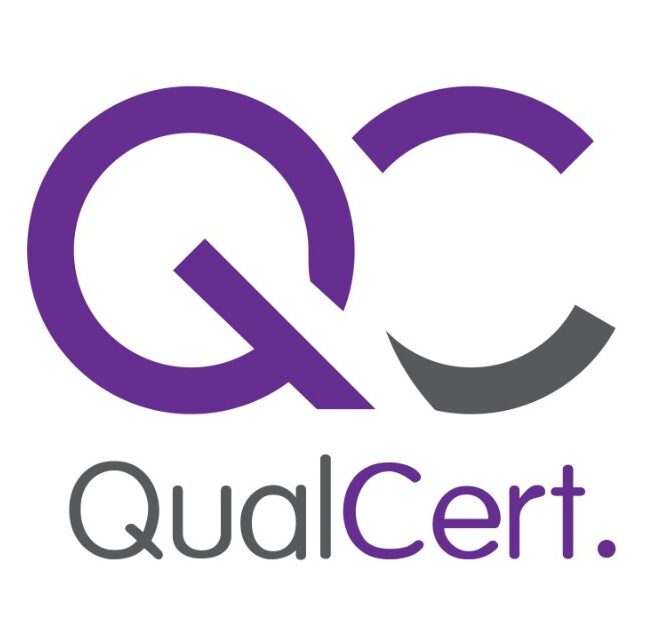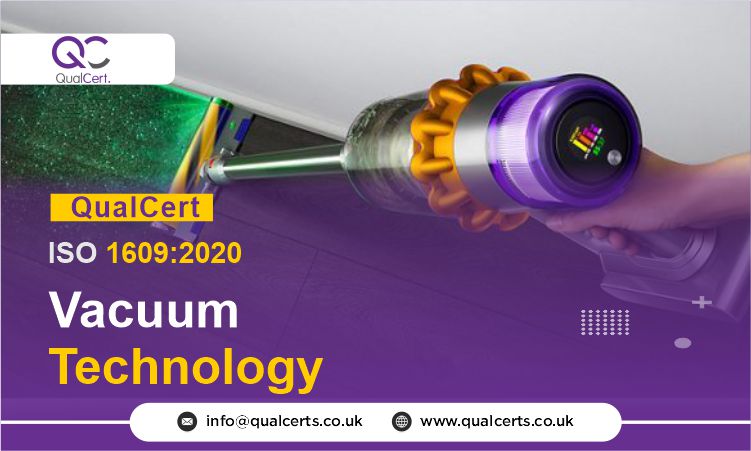In the vast landscape of industrial and scientific endeavors, there exists a realm where the absence of matter reigns supreme—the domain of vacuum technology. From semiconductor manufacturing to space exploration, vacuum technology plays a crucial role in a myriad of applications, enabling processes that push the boundaries of human innovation. At the heart of this intricate discipline lies ISO 1609:2020, a standard that serves as a beacon guiding practitioners through the complexities of vacuum science and engineering.
Before we delve into the intricacies of ISO 1609:2020, let’s first grasp the fundamentals of vacuum technology. At its core, vacuum technology revolves around creating and maintaining environments devoid of air or other gases. This is achieved by removing air molecules from a sealed chamber, resulting in a vacuum—a space where the pressure is significantly lower than atmospheric pressure. Vacuum technology finds applications across a wide spectrum of industries.
ISO 1609:2020 serves as a comprehensive guidebook for navigating the intricacies of vacuum technology. This standard covers a multitude of aspects, including terminology, measurement techniques, system design, safety considerations, and quality assurance practices.
ISO 1609:2020 serves as an indispensable resource for professionals working in the field of vacuum technology. By adhering to the guidelines outlined in this standard, practitioners can ensure the efficient and reliable operation of vacuum systems across a diverse range of industries. Whether it’s advancing semiconductor technology, exploring the cosmos, or improving healthcare diagnostics, vacuum technology, guided by ISO 1609:2020, continues to push the boundaries of human achievement, unlocking new frontiers of innovation and discovery.
Study Units for ISO 1609:2020 Vacuum Technology
The QualCert ISO 1609:2020 Vacuum Technology is a 30-credit qualification with a Total Qualification Time (TQT) of 180 hours, including 120 Guided Learning Hours (GLH). This program is meticulously crafted to deliver focused and efficient skill development in the field.
| Unit Ref# | Unit Title | Credits | GLH | TQT |
| QC04002 – 1 | Fundamentals of Vacuum Technology | 5 | 20 | 30 |
| QC04002 – 2 | Vacuum System Design and Components | 5 | 20 | 30 |
| QC04002 – 3 | Measurement and Control in Vacuum Systems | 5 | 20 | 30 |
| QC04002 – 4 | Maintenance and Troubleshooting in Vacuum Systems | 5 | 20 | 30 |
| QC04002 – 5 | Safety Standards and Applications of Vacuum Technology | 5 | 20 | 30 |
| QC04002 – 6 | Operational Parameters and Performance Evaluation of Vacuum Systems | 5 | 20 | 30 |
Entry Requirements for ISO 1609:2020 Vacuum Technology
Age Requirement
- Minimum age of 18 years is required to enroll.
- Mature learners above 18 with relevant experience are welcome.
- No upper age limit; open to all eligible learners seeking professional development.
Educational Qualification
- High school diploma or equivalent (e.g., GED) is required.
- Foundational knowledge in mathematics and science is recommended.
- Prior vocational or technical courses are advantageous but not mandatory.
Technical Knowledge & Skills
- Basic understanding of physics, engineering, or a related technical field.
- Familiarity with mechanical or industrial concepts is beneficial.
- Ability to comprehend and apply technical instructions effectively.
Language & Professional Background
- Proficiency in the language of instruction (typically English).
- Strong reading and comprehension skills for technical materials.
- Professionals in vacuum technology, manufacturing, or research sectors are encouraged to apply.
Learning Outcomes for ISO 1609:2020 Vacuum Technology
1. Fundamentals of Vacuum Technology
By the end of this unit, learners will be able to:
- Define key concepts and terminology in vacuum technology in line with ISO 1609:2020.
- Explain the principles of vacuum creation, pressure ranges, and vacuum levels.
- Describe the role of vacuum systems in scientific, industrial, and research environments.
- Distinguish between different vacuum types: low, medium, high, and ultra-high vacuum.
2. Vacuum System Design and Components
By the end of this unit, learners will be able to:
- Identify and explain the function of essential vacuum system components (pumps, valves, seals, gauges).
- Understand the principles of vacuum system layout and design.
- Select appropriate components based on system requirements and performance goals.
- Analyze material compatibility and configuration needs for specific vacuum applications.
3. Measurement and Control in Vacuum Systems
By the end of this unit, learners will be able to:
- Describe measurement techniques for vacuum pressure using ISO-standard gauges and instruments.
- Interpret pressure readings and trends to assess vacuum system performance.
- Understand the operation of control systems used to regulate pressure and flow in vacuum environments.
- Integrate sensors and digital monitoring tools into vacuum system designs.
4. Maintenance and Troubleshooting in Vacuum Systems
By the end of this unit, learners will be able to:
- Perform routine maintenance procedures for vacuum pumps and system components.
- Identify common operational faults and determine root causes (e.g., leaks, contamination, wear).
- Apply diagnostic techniques to improve vacuum system reliability and longevity.
- Document maintenance activities according to technical and safety protocols.
5. Safety Standards and Applications of Vacuum Technology
Learning Outcomes:
By the end of this unit, learners will be able to:
- Understand and apply ISO-based safety procedures in handling vacuum systems.
- Assess hazards associated with vacuum operations, such as implosion risk, toxic outgassing, and high voltage equipment.
- Identify sector-specific uses of vacuum technology in fields like semiconductor production, pharmaceuticals, aerospace, and metallurgy.
- Implement safe working practices and emergency response measures in vacuum environments.
6. Operational Parameters and Performance Evaluation of Vacuum System
By the end of this unit, learners will be able to:
- Monitor key operational parameters including base pressure, pump-down time, and throughput.
- Evaluate system performance using diagnostic tools and performance charts.
- Compare theoretical design parameters with actual performance data.
- Recommend adjustments or upgrades to enhance efficiency and operational effectiveness.
This course is designed to cater to a wide range of individuals who are involved or interested in the field of vacuum technology. The following target audience will benefit significantly from participating in this course:
1. Engineers and Technicians
- Professionals in mechanical engineering, manufacturing, aerospace, semiconductor fabrication, and R&D.
- Individuals responsible for designing, operating, and maintaining vacuum systems.
- Those seeking to enhance practical knowledge and technical skills in vacuum technology.
2. Scientists and Researchers
- Researchers in physics, chemistry, materials science, and nanotechnology.
- Individuals conducting experiments where vacuum technology is essential.
- Those aiming to understand vacuum principles and techniques for scientific innovation.
3. Quality Assurance and Compliance Professionals
- Professionals ensuring compliance with industry standards and regulations.
- Individuals involved in calibration, quality assurance, and safety according to ISO standards.
- Those seeking expertise in maintaining high-quality vacuum operations in industry.
4. Students and Educators
- Students pursuing degrees in engineering, physics, chemistry, or related fields.
- Educators looking to supplement curriculum in engineering, physics, or materials science.
- Individuals seeking foundational knowledge in vacuum technology.
5. Industry Professionals and Managers
- Professionals in semiconductor, aerospace, healthcare, and automotive industries.
- Those responsible for optimizing vacuum processes, improving efficiency, and ensuring safety.
- Managers aiming to enhance team performance and operational compliance.
6. Government and Regulatory Authorities
- Representatives from government agencies and regulatory bodies.
- Individuals overseeing standards, environmental considerations, and safety regulations.
- Those seeking insights into regulatory compliance and quality control in vacuum technology.
7. Entrepreneurs and Innovators
- Individuals developing technologies in clean energy, advanced materials, or space exploration.
- Innovators interested in emerging trends and future directions in vacuum technology.
- Entrepreneurs seeking practical knowledge to drive innovation and technological advancement.
Assessment and Verification
Assessment Framework :
This qualification consists of 6 mandatory assignments designed to assess the learner’s understanding and practical application of the required skills and knowledge. The key elements of the assessment framework include:
- Comprehensive Assignment Structure:
The assignments are designed to cover a range of topics within the qualification, ensuring that learners demonstrate their competence across all essential areas. - Pass Requirement:
Learners must successfully complete all 6 assignments to meet the requirements for certification. Each assignment must meet the specified criteria and demonstrate sufficient understanding and application of the subject matter. - Assessment Process:
Each assignment is reviewed and marked by a qualified assessor, with feedback provided to support learner development. - Final Completion Criteria:
The successful completion of all assignments is necessary for certification. Only learners who meet the required standards across all assignments will be awarded the qualification.
Quality Assurance & Verification:
QualCert applies a rigorous, multi-layered quality assurance system to ensure the reliability, consistency, and integrity of all assessments and results.
1. Internal Quality Assurance (IQA)
Conducted by the approved training centre:
- Assignment Evaluation:
Centre-approved Assessors and Internal Quality Assurers (IQAs) review the assignments to ensure they meet the assessment criteria and learning outcomes. - Standardisation:
Regular standardisation sessions are held to maintain consistency in assessment and marking practices across all centre staff. - Feedback & Support:
IQAs ensure that learners receive constructive feedback to aid their progress and improve future submissions.
2. External Quality Assurance (EQA)
Conducted by QualCert:
- Independent Verification:
QualCert’s External Quality Assurers (EQAs) verify the completed assignments and assess the quality and fairness of the marking process. - Centre Audits:
EQAs audit the centre’s compliance with QualCert’s quality assurance standards, reviewing assessment practices, learner records, and overall delivery. - Final Certification:
After satisfying the EQA’s verification process, QualCert will officially issue the certification to the learner.
QualCert delivers all qualifications exclusively through its network of officially approved training centres.
For registration or further information, please contact your nearest approved training centre.

